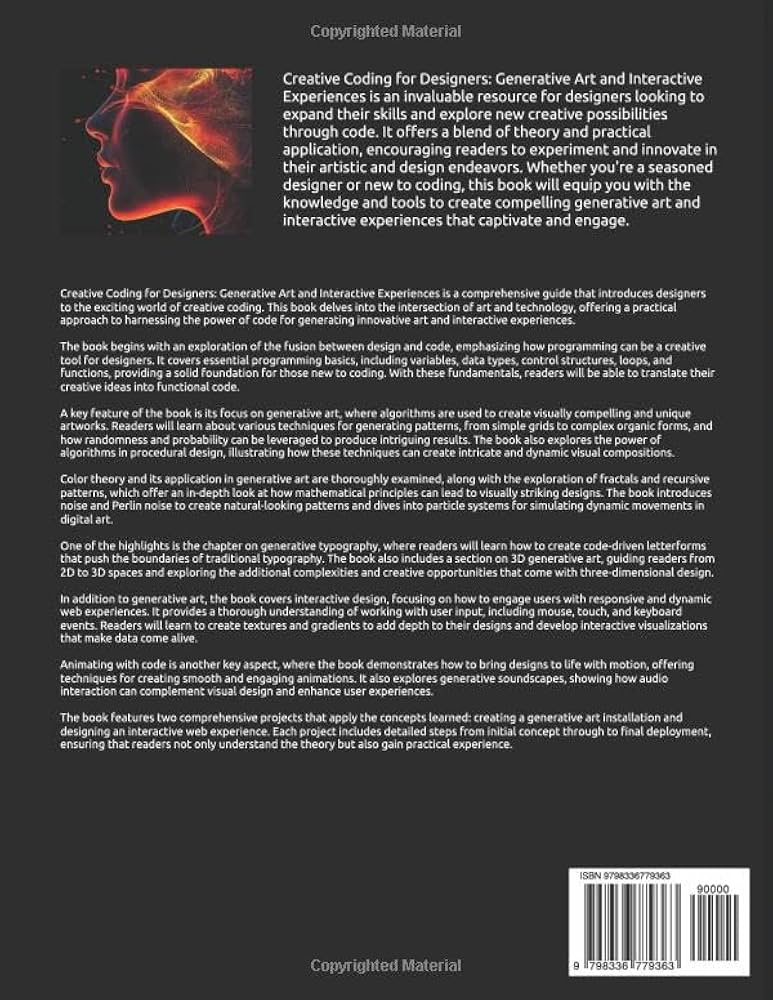Interactive Experience Techniques
In today’s rapidly evolving digital landscape, interactivity has become a cornerstone of engaging user experiences. The integration of interactive techniques not only enhances user satisfaction but also drives deeper engagement, making it vital for businesses, educators, and developers. In this article, we will delve into various interactive experience techniques, their importance, and practical applications across different fields.
Did you know? Interactive content is more effective than static content, with studies showing that users are likely to remember 65% of information presented interactively, compared to just 10% of static content. This statistic illustrates the immense potential of leveraging interactivity in our experiences.
Readers can expect to learn about:
- The fundamental principles of interactive design.
- Numerous techniques to implement in various contexts.
- Real-world examples demonstrating successful applications.
- Evaluation of the effectiveness of these techniques.
The core of this discussion revolves around the question: How can interactivity be effectively integrated to enhance user experience? Join us as we explore this intriguing topic!
Understanding Interactive Experience Techniques
Interactive experience techniques are methods aimed at engaging users more directly than traditional forms of content. These techniques can vary widely, from simple interactive elements like quizzes, polls, and sliders to complex virtual reality environments. Understanding the core components is essential for creating successful interactive experiences:
The Elements of Interactive Design
- Feedback: Immediate responses to user actions enhance engagement.
- Control: Users’ ability to influence outcomes fosters a sense of ownership.
- Clear Goals: Clearly defined paths ensure that users understand what to do next.
Importance of Interactivity in Various Fields
Different sectors benefit from interactive experience techniques in unique ways. For example:
- Education: Interactive learning tools such as gamification enhance student engagement.
- E-commerce: Virtual try-ons and product configurators allow customers to visualize products before purchase.
- Marketing: Interactive content such as quizzes and surveys capture user data while providing valuable insights.
Techniques for Enhancing Interactive Experience
Now that we understand what interactive experience techniques entail, let’s look at specific methods used across various platforms.
Gamification
Gamification involves incorporating game-like elements into non-game contexts. Effective techniques include:
- Points and Levels: Reward systems can motivate user participation.
- Challenges and Competitions: Engaging users through friendly competition can increase interaction.
- Badges and Achievements: Visual representations of accomplishments help in building user confidence and community.

Virtual Reality (VR) and Augmented Reality (AR)
VR and AR offer immersive experiences that captivate users fully. Key applications include:
- Training Simulations: These environments provide realistic scenarios for practice.
- Virtual Tours: Users can explore places and products without physical constraints.
- AR Overlays: Adding information to real-world views enhances understanding and context.
Interactive Videos
These videos allow for viewer interaction, enhancing storytelling and retention rates. Techniques include:
- Clickable Calls-to-Action: Encourage viewers to explore products or additional information.
- Branching Scenarios: Viewers can choose different avenues, creating personalized experiences.
- Embedded Quizzes: Test viewers’ comprehension throughout the video.
Interactive Infographics
Infographics that allow user interaction can interpret complex data more effectively:
- Hover Effects: Revealing additional data upon hovering increases user interest.
- Clickable Sections: Allow users to delve deeper into the information they care about.
- Real-Time Data Visualization: Users can manipulate parameters to see dynamic results.
Evaluating the Effectiveness of Interactive Techniques
Measuring the success of these techniques is crucial for understanding their impact. Some evaluation methods include:
User Engagement Metrics
Metrics to track user interaction include:
- Session Duration: How long users engage with content.
- Click-Through Rates: Effectiveness of calls to action and links.
- Completion Rates: The percentage of users who finish interactive elements.
Feedback and Surveys
Gather qualitative data through:
- User Surveys: Direct input on user experience and satisfaction.
- A/B Testing: Comparing variations of interactive elements to see which performs better.
Analytics Data
Leveraging analytics tools to assess user behavior and patterns provides insights into:
- Path Analysis: Understanding the journey users take through your content.
- Conversion Rates: Impact on goals such as sales or sign-ups.
Real-World Examples of Successful Interactive Techniques
Let’s look at a few notable case studies that illustrate the power of interactive experiences:
Example 1: Education Platform
An educational organization introduced gamified learning modules where students could earn points for completing tasks. This innovation led to a 35% increase in engagement compared to traditional methods.
Example 2: E-Commerce Brand
A leading clothing retailer implemented virtual try-on features, resulting in a surprising 60% rise in sales conversions. Customers reported higher satisfaction levels due to visualizing how items would look on them.
Example 3: Marketing Campaign
A global brand conducted an interactive video campaign where users could choose different storylines. This technique yielded a 75% completion rate for the video—a remarkable statistic compared to standard content.
Conclusion
Interactive experience techniques have transformed user engagement across various domains. By employing methods such as gamification, VR/AR, and interactive videos, organizations can create enriching experiences that captivate audiences and foster loyalty. As we move forward, the importance of evaluating these techniques remains paramount. Understanding user engagement metrics, gathering feedback, and analyzing data will ensure that businesses can adapt and enhance their strategies for success.
In summary, embracing interactive techniques is no longer optional but a necessity for those looking to stand out in a crowded marketplace. For more insights on interactive experiences, feel free to explore further readings on the impact of interactivity and advanced techniques for engagement.
